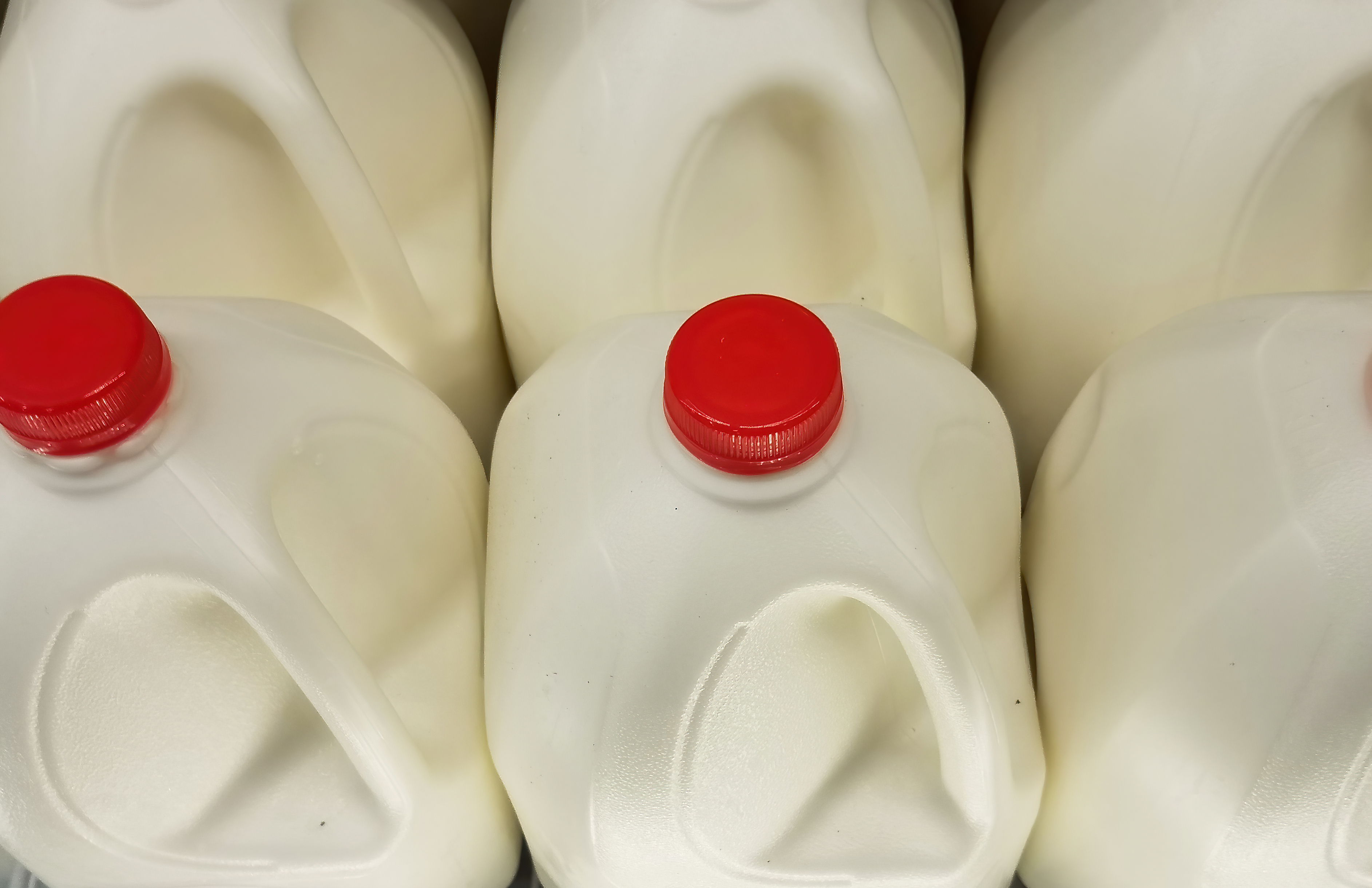Thousands of snowballs rolled in a flat central Idaho field look like the work of hundreds of ambitious kids — except there are no human tracks.
A rare weather event caused the spontaneous snowballs at the Nature Conservancy's Silver Creek Preserve and surrounding fields near the tiny town of Picabo.
Preserve manager Sunny Healey spotted the cylindrical shapes up to 18 inches high on Jan. 30 following an overnight windstorm. They created long lines in the snow as they moved.
"You could see the tracks that they made, and I thought that was really curious," Healey said. "I had to stop a couple times. Then, along Highway 20, there were thousands of them."
So-called snow rollers are so rare and fleeting that the precise weather conditions needed to form them are not defined, said Jay Breidenbach, a meteorologist with the National Weather Service. Snow rollers up to 18 inches are especially rare.
"Those are some pretty big rollers," Breidenbach said. "I've seen some small rollers, but never that big."
In general, it takes an unusual combination of a couple of inches of snow with the right water density and temperatures near freezing, followed by strong winds, he said.
U.S. & World
"It can't be real dry snow or it would blow into drifts," Breidenbach said.
Rollers require some type of firmer base, such as a frozen layer of earlier snow, for the new powder to start rolling on. Plus, the wind must be strong and steady but not with powerful gusts that could damage the formations.
"It would probably blow them apart because they are fragile," Breidenbach said.
It snowed on Jan. 29, with the snow becoming wetter toward evening, Healey said. She lives at the preserve and said winds woke her up.
In her five years working at the preserve, she had never seen such an event, but a local rancher in his 70s told her he's spotted them twice in previous decades.
"We know basically how they form and why they form, but we don't know the exact details," Breidenbach said. "It would be interesting to go there with some weather instruments to watch them form."



